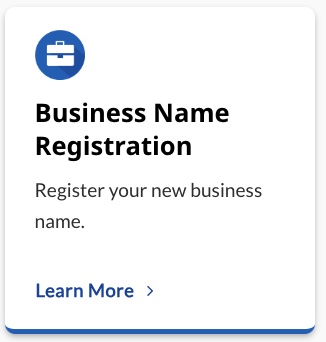In this internet age, fake news is a growing issue. This article briefs readers on how fraudulent news reports can spread online and how it could potentially affect people, events, and information. Also, it shares a few tips on how to spot and handle fake news.
A deceptive news story can travel through retweets and shares to millions in the blink of an eye. Distorted reports or manipulative stories, often made to look like valid news from trustworthy sources, can trick unsuspecting people into believing incorrect information. This could lead to damaging consequences, especially when harmful content is introduced to the public.
One way of misinforming people is propaganda, where a group or individual tries to influence or manipulate opinions using misleading information or half-truths. Propagandists look to sway people’s views, and even their actions, by spreading such data. Something similar is misinformation, where false data is unintentionally passed around, possibly due to a mistake or misunderstanding. It’s like a game of telephone, where the message keeps changing as it passes from one person to another.
Then there’s also disinformation, where false or manipulated facts are knowingly shared with the intent to cause harm or deceive people. This often comes from individuals with harmful intent or sometimes, even from governments or corporations.
How does one handle such situations, you may ask?
Quite a few ways, actually. First, always question headlines or graphics that seem too sensational or incredible. Second, consider the source: What kind of reputation does it have? Are their stories generally reliable? Third, look at who the author is and what qualifications they have. Next, find out when the article was published; older news might not be relevant or accurate anymore.
Keeping a tab on the quality of writing is also a good idea. Real news sources have professional standards, so be wary if you spot spelling errors or grammatical mistakes. Check if other trustworthy sources are covering the story or if it just appears on unreliable sites. Always be aware of your bias. Sometimes, fake news might seem more believable than real news simply because it supports our existing beliefs or prejudices.
By applying critical thinking, we can spot and stop the spread of fake news. Education and awareness of the dangers of misinformation are significant tools against being easily duped by propaganda or disinformation. Don’t automatically believe everything you read online, we have to keep questioning and seeking the truth.
Guiding young ones to navigate today’s information-overloaded world is an important task. Adults must lead the way and impart critical thinking skills to the next generation as well. Ultimately, it is everyone’s job to tackle the problem of fake news by staying informed and always questioning what we read and see.
Register your new business name at register.biz.au


